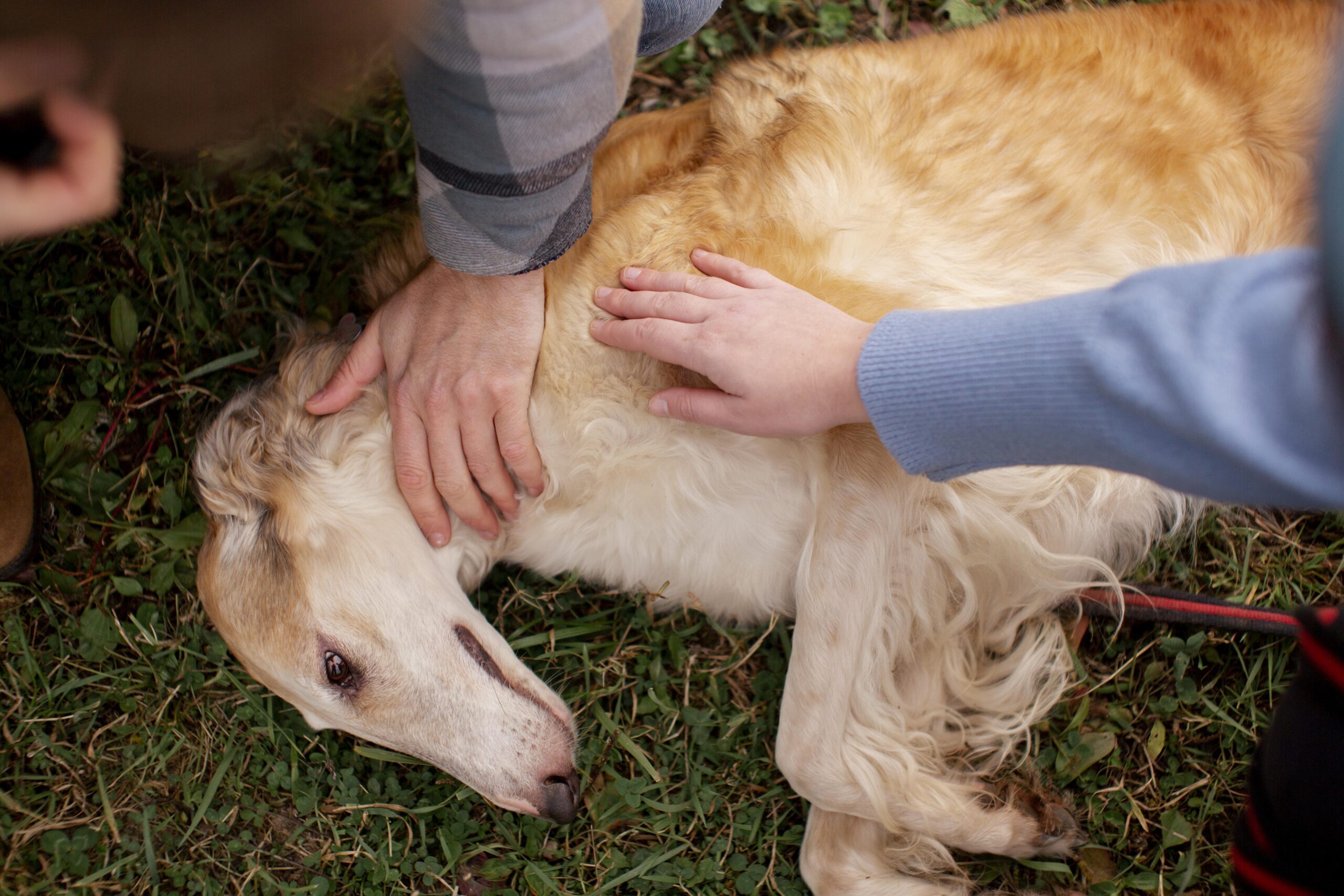Introduction
Puppy strangle is a classic rare disease that causes puppy snout, eyelid, and face edema suddenly between 3 weeks and 6 months of age. The owner may suspect the dog was attacked by a spider or stinging insect.it is also called Juvenile cellulitis, sterile granulomatous dermatitis and lymphadenitis

When the dog’s throat lymph nodes swell dramatically, it appears to have mumps. Later, The swelling quickly turns into ruptured, bleeding, and crusting pimples. In addition to the inner ear flaps, various bodily abnormalities may arise, which make the lesions hurt more than they do the itch.
Signs
Fever
Joint swelling
Appetite loss affects 25% of patients
Delaying therapy can cause irreversible hair loss in the worst-affected areas.
Death of sick puppies who do not respond to therapy.
Breeds susceptible
Golden Retrievers, Dachshunds, and Gordon Setters are susceptible.
Treatment
Despite severe inflammation and subsequent infections, immune suppression is the main treatment for this illness. Since this is an immune-mediated disease with no known origin, high doses of corticosteroids like prednisone are needed.
The puppy’s immune system is overactive, and it must be suppressed to recover swiftly. Secondary infections may require antibiotics, but they will not cure this illness.
Their distinctive look in puppies diagnoses strangles. However, since the treatment suppresses the immune system, it is necessary to rule out similar illnesses that would not benefit from immune suppression. For example, Generalized demodectic mange, a mange mite infection, resembles juvenile cellulitis, which can be detected via skin scrapings. A skin biopsy should clarify the situation in case the skin scraping is non-diagnostic.
Despite the many inflammatory cells, the pimple shows no bacteria in the microscope, ruling out a severe infection. If a secondary infection is present, the clinician must utilize clinical judgment regarding the lesions and patient history to diagnose it. As the disease is short-term, especially if a secondary bacterial infection is not present, the disease usually goes away in 10–14 days.
References
Penny, Kelsie N., Alyssa Sullivant, and Juli Gunter. “Quiet Puppy, Big Problems.” (2020).
Martens, S. M. (2016). Juvenile cellulitis in a 7-week-old golden retriever dog. The Canadian Veterinary Journal, 57(2), 202.





